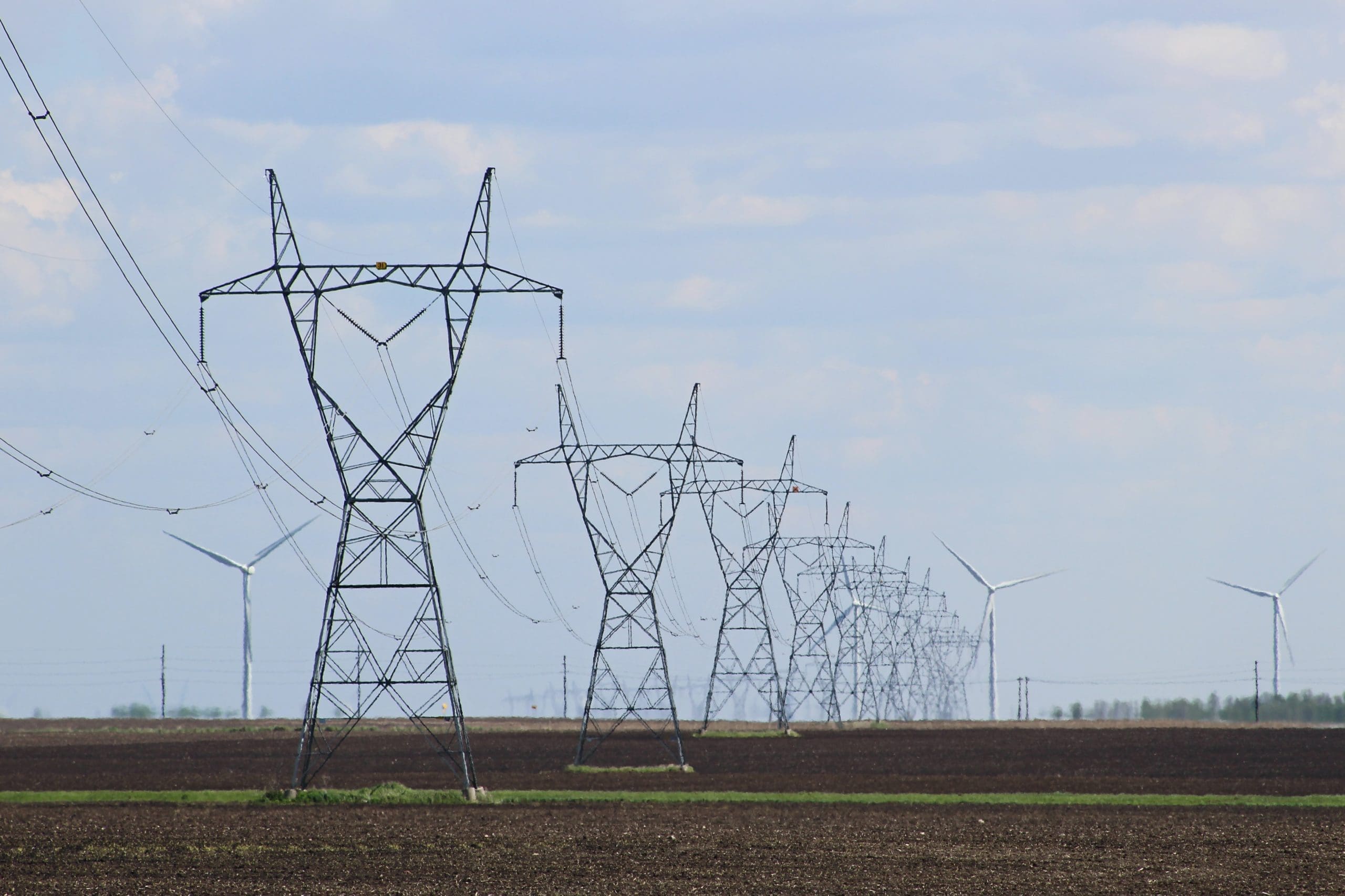This is the third installment in a series on the recent Texas power outages.
If the theory that politicians are full of hot air is true, it is a wonder that the dome of the Texas Capitol did not fly off into orbit last week.
During hearings in both the Texas House and Senate last Thursday questioning electricity market regulators and participants about the Texas blackouts, most—though not all—legislators spent their time pointing fingers at anyone but themselves.
But make no mistake, the blame for the Texas blackouts falls squarely on two groups of people: overzealous or scared politicians/regulators who cannot keep their hands off of the market and corporate cronyists who seek profits through government favoritism rather than through competition in the market.
The truth is that the Texas electricity market has been heading in this direction ever since it started. Back in 2007, Robert Michaels, an economist at California State-Fullerton, wrote, “Texas is competitive electricity’s greatest success story in the United States, if not the world.” That was absolutely right when he said it, and in some ways it still is.
Before competition, Texas electricity prices were higher than the national average. Today, they are well below the national average and have dropped significantly, especially when inflation is factored in. All this is due to competition.

Yet the Texas Legislature and the Public Utility Commission of Texas (with help from the federal government) have been undermining the market since before it started with political favors and surrenders to the left.
For instance, in the 1999 law authorizing the PUC to implement competition, the Texas Legislature mandated a certain percentage of generation to come from both renewables and natural gas. It also included what turned out to be very damaging antitrust provisions.
In 2005, the Legislature gave the PUC almost total control of the grid manager, the Electric Reliability Council of Texas (ERCOT). In the same session, it also increased the mandate for renewables and mandated that the PUC authorize the building of the $7 billion (and counting) CREZ transmission line to transmit wind- and solar-generated electricity across hundreds of miles.
Jumping ahead, in 2019 the Texas House of Representatives twice killed legislation—once in its State Affairs Committee and once on the floor—that would have required the PUC and “the ERCOT independent system operator to identify and study the ongoing effects that federal renewable energy subsidies have on the pricing, reliability, and efficiency of the electric power market in the ERCOT power region.”
To be clear, the Texas House killed a bill that was designed to help us understand and stop the harm being caused by renewable energy subsidies—the primary cause of last week’s blackouts.
And that is not all. The Texas Legislature beat down numerous attempts last session to reduce renewable energy subsidies, including in a vote on an amendment to HB 3143 on the Senate floor that would have eliminated the eligibility for renewable generators to receive property tax abatements. Only 10 senators voted to end the subsidies.
However, politicians should not get all of the blame. Regulators have had their hand in it too.
After what can only be described as a miraculous decision to adopt an energy-only (market, not regulator-driven) market in Texas in the early 2000s, the PUC has a pretty poor track record overall.
In 2007, the PUC used its antitrust authority in an attempt to extort $210 million from TXU for what it called “market power abuse.” In reality, regulators and politicians just did not like how much money TXU was making. This resulted in great harm to the market, because generators become very averse to selling electricity at market rates.
This was in part because the PUC would not give up the chase.
In 2011, it sought and received the authority to disgorge revenue from any company it thought might be making “excessive” profits—on top of any fines it might impose. Then, in 2013, it sought and received emergency cease and desist authority to shut down a generator without going to court. They did this even though they had only used their existing cease-and-desist authority (where they had to go to court) only one time.
Perhaps the most harmful action from the PUC was in 2019, when it imposed a $3.6 billion electricity tax on Texans without a vote. It did this through a mechanism known as the Operating Reserve Demand Curve (ORDC), which is still in place and will likely increase electricity prices again this summer.
Then, just last week, the PUC stepped into the market in the middle of the freeze and raised prices to $9,000 per megawatt (to put this in perspective, prices today are around $20 per megawatt). They did this because they thought the higher prices would bring more generation online during the storm. However, that did not happen.

Putting this into perspective, the PUC spent years fighting against generators because they might make too much money. Then, when generators started complaining about not making enough money, the PUC artificially raised prices on Texas consumers.
Speaking of generators, they also played their part in bringing about the blackouts.
Generators were not all that excited about introducing competition into the Texas electricity market back in the 1990s. After all, it is hard to beat a guaranteed rate of return. But after competition got started and they were making a lot of money, they got on board.
But being former monopolists, they made some over-investment in ERCOT. As a result, a number of companies went bankrupt, which left many of them pining for the good old days.
Because of this, they started lobbying the PUC to change Texas to a “capacity market,” where generators are paid just to be in existence—on top of what they are paid for their electricity. These are the same markets that they have in the Northeast/Midwest where consumers pay as much as twice what many Texans pay for electricity.
In 2012, the PUC was on the verge of doing just that, driven by the unwarranted fear that the “lights won’t go out on our watch.” But a few key members of the Texas Senate stopped that.
But the generators did not give up. As The Texas Tribune reported in 2018, “Major power generators including Calpine, Exelon and NRG are asking the commission to tweak an existing formula known as the operating reserve demand curve (ORDC) to increase the amount of money they receive when demand for power escalates.” Exelon’s proposal sought to increase electricity prices by $4 billion a year.
As noted above, the PUC eventually gave in, ordering ERCOT to change the ORDC to increase prices. High demand during the hot summer meant that the generators got close to the $4 billion they were asking for.
Add all this up, and the Texas market never had a chance to keep the lights on during the worst winter storm most of us have experienced.
One of the most disappointing things at the hearings was the number of Republicans who talked about increasing regulations on the market in response to the blackout. We expect that of Democrats, but we would hope for more from Republicans.
There are two ways out of this dilemma.
The first is to kowtow to generators, the left, and regulators by putting an end to competition in the Texas market. If we take that route, the result is going to be much higher electricity bills and semi-regular blackouts like they experience in California and New York.
Or, we can follow the path of freedom and let markets—and people—work. Let consumers choose, investors invest, and generators generate. It has worked for almost 20 years in Texas. And it will keep on working if Texas lawmakers, our governor, and our lieutenant governor are willing to let the market do its job.
This is a commentary published with the author’s permission. If you wish to submit a commentary to Texas Scorecard, please submit your article to submission@texasscorecard.com.





